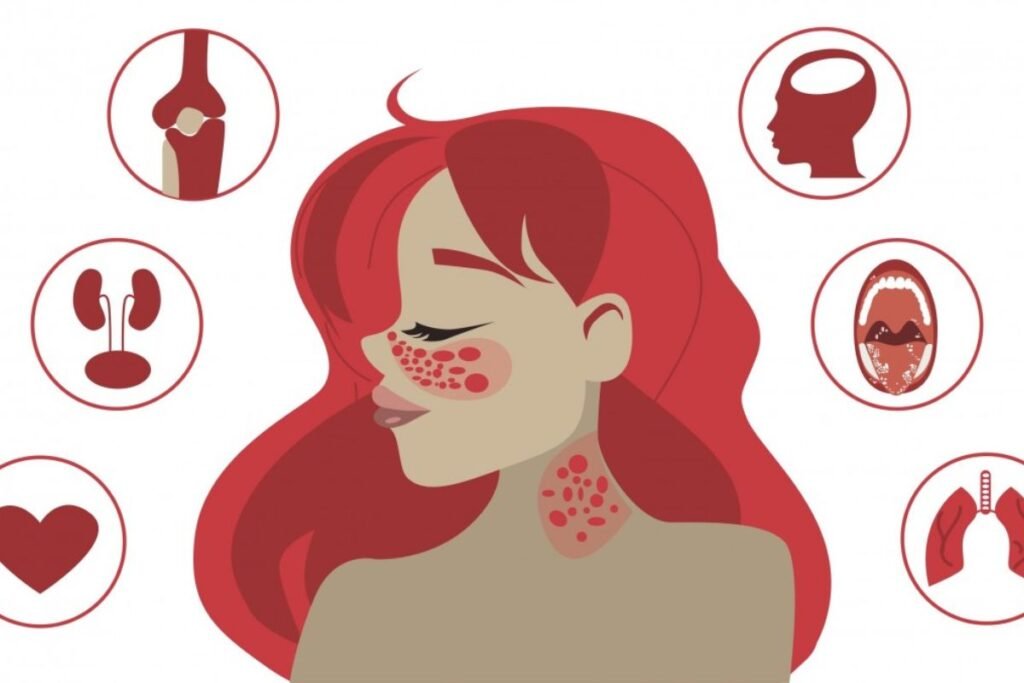A recent analysis conducted by Spherix Global Insights reveals a notable increase in the utilization of new biologic drugs, namely GSK’s Benlysta and AstraZeneca’s Saphnelo, for the treatment of systemic lupus erythematosus (SLE). Rheumatologists are veering away from conventional off-label medications and embracing these innovative therapies for moderate-to-severe cases of the autoimmune disease. The study, which examined 1,011 patient charts in collaboration with 297 US rheumatologists, highlights significant changes in the management of SLE.
Systemic Lupus Erythematosus Treatment
Systemic lupus erythematosus , the most common form of Lupus Treatment, is characterized by the immune system attacking its own tissues, resulting in widespread inflammation and tissue damage. Up to 48% of individuals with lupus experience organ damage, typically within five years of diagnosis, with lupus flares further escalating the risk.

Spherix’s report aims to provide a comprehensive real-world overview of the current Systemic lupus erythematosus landscape and underscores the remarkable success of GSK’s Benlysta, which achieved blockbuster status with over $1 billion in revenue last year. The drug’s extensive safety profile, perceived efficacy, the desire to reduce steroid dosages, and its 2020 approval for lupus nephritis—an advanced kidney-targeting form of Systemic lupus erythematosus—are cited as key drivers for its widespread adoption among rheumatologists.
According to the findings, 37% of audited patients with moderate-to-severe Systemic lupus erythematosusare currently receiving Benlysta, with the subcutaneous formulation—approved by the FDA in 2017—being the most commonly utilized, enabling self-injection. In 2022, 28% of audited patients were prescribed Benlysta for their condition.
AstraZeneca’s Saphnelo, a newer entrant approved by the FDA in 2021, also experienced increased uptake, albeit trailing behind the market leader Benlysta. The report highlights Saphnelo’s frequent selection for patients with severe skin manifestations of the disease.
This shift towards the use of these novel biologics has corresponded with a decline in the off-label usage of rituximab, a long-standing treatment option for Systemic lupus erythematosus . Spherix’s data reveals a consecutive decrease in rituximab’s utilization over the past two years.
The evolving treatment landscape is expected to have a significant impact on the market for pipeline agents targeting Systemic lupus erythematosus, such as Biogen/UCB’s dapirolizumab pegol, Bristol Myers Squibb’s Sotyktu, and AbbVie’s Rinvoq—a JAK inhibitor currently undergoing phase 3 testing for Systemic lupus erythematosus. These emerging therapies aim to compete with established biologics and address unmet needs within the patient population, heralding a transformative era in lupus treatment.





























